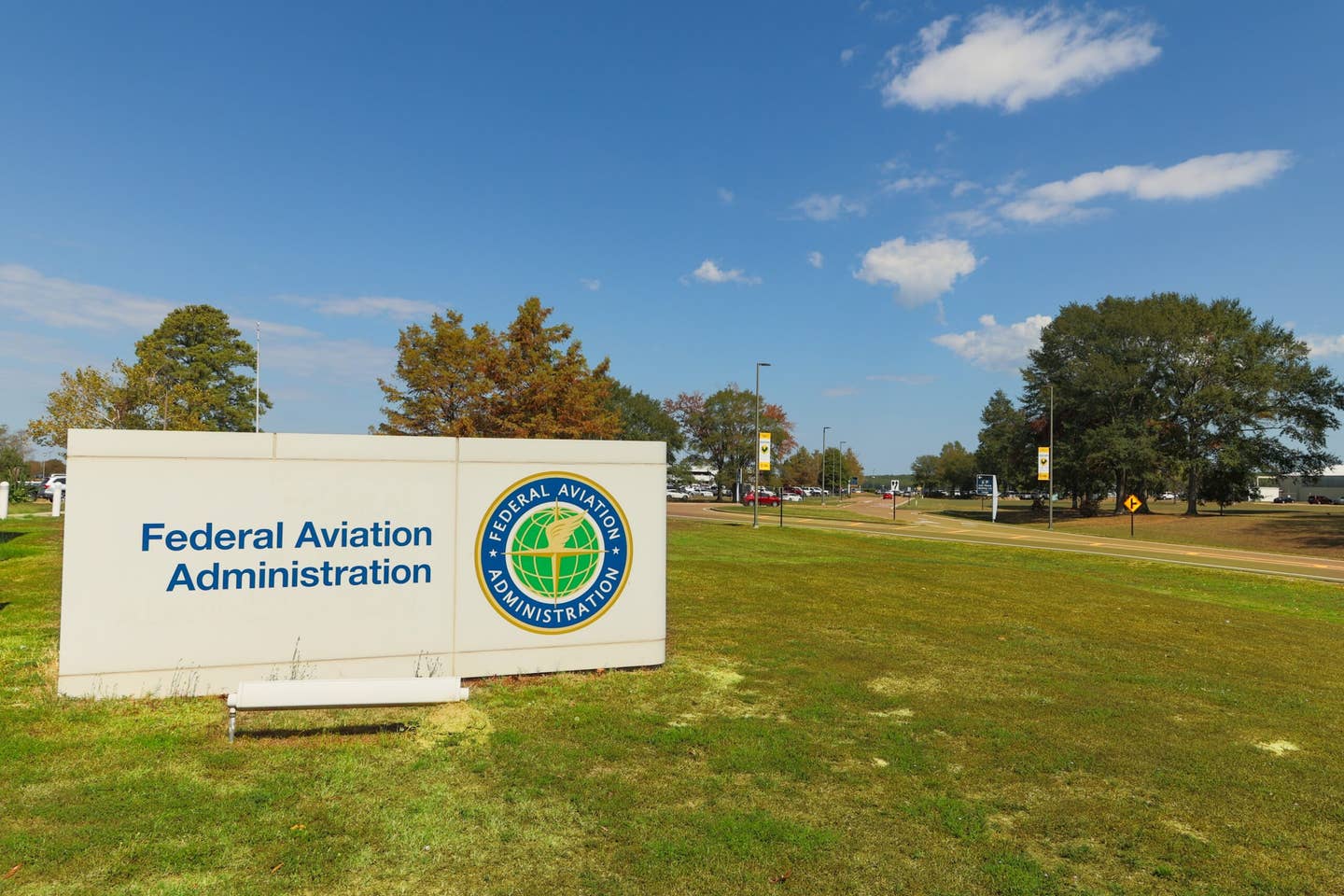F/A-18 Intercepts EasyJet Flight After Bomb Hoax
Video shows a Spanish Air Force fighter rocking its wings near an EasyJet Airbus A319 enroute to Menorca.

A Spanish Air Force Boeing F/A-18 Hornet fighter jet plane taxiing to the runway during the NATO Tigermeet 2019. [File photo: Shutterstock]
An EasyJet flight en route from the United Kingdom to the island of Menorca was intercepted by a Spanish Air Force F/A-18 Hornet over the weekend after a passenger aboard the flight made a fake bomb threat online, according to reports.
An 18-year-old man on board the two-hour flight from London Gatwick (EGKK) to Menorca (LEMH) was accused of making the threat. He was apprehended and spent at least one night in jail while awaiting a court appearance, a Spain Civil Guard police spokesperson told Reuters.
Video of the interception taken from inside the cabin shows the F/A-18 fighter flying parallel off the Airbus A319, dramatically tipping its wings.
"Why's it doing that?" a woman is heard saying off camera. "Is he just showing off?"
@easyJet #a319 G-EZAO intercepted by Spanish Air Force on way to Menorca. passengers not being allowed to leave yet. @BigJetTVLIVE @BBCNews @SkyNews @SkyNewsBreak pic.twitter.com/MTWkQnU39x
— Ian Leslie ❤️🇺🇦❤️ (@iandrleslie) July 3, 2022
With the military escort, the flight continued on to LEMH, where it was directed to a separate, secure area away from the main terminal, Reuters said. The 18-year-old was arrested upon landing. Each passenger aboard the flight, along with their luggage, was screened individually by bomb-sniffing dogs. The incident prompted a two-hour disembarkment and also disrupted other flights scheduled to depart Menorca, according to the report.
“Yesterday the control tower at Menorca airport was alerted to a bomb threat on a plane heading from London to the island’s capital, Mahon, which was still in the air and nearing the airport. The threat was said to have been sent on a social media platform," a spokesperson for the Civil Guard said, The Guardian reported. "Once the plane landed it was taken to an area away from the main terminal and other aircraft. The Civil Guard organized a special operation which consisted of mobilizing bomb disposal experts as well as sniffer dogs and other officers who created a safe perimeter around the plane. The passengers were disembarked and established protocol followed until police were able to confirm it was a false bomb threat, and the person responsible was identified on social media along with five other companions as witnesses."
The accused 18-year-old is also expected to be presented with a bill for the police operation, the newspaper said.
"The safety and security of its passengers and crew is always EasyJet's highest priority and we would like to thank passengers for their understanding," a spokesperson for EasyJet said.
In-Flight Intercept Procedures
While military interceptions of civilian aircraft are rare, they do occur in certain situations, such as when an airplane enters restricted airspace.
Should the pilot of a civilian aircraft look up and find a fighter jet off its wing, the first rule of business is to keep all flight operations predictable, according to the FAA.
"Do not adjust your altitude, heading, or airspeed until directed to by the intercepting aircraft," according to a FAA in-flight intercept procedures report from the FAA Safety Briefing magazine.
FAA procedures should be reviewed by all pilots:
An intercepted civilian aircraft must do the following, without delay:
- Adhere to instructions relayed through the use of visual devices, visual signals, and radio communications from the intercepting aircraft.
- Attempt to establish radio communications with the intercepting aircraft or with the appropriate ATC facility by making a general call on guard (121.5 MHz), giving the identity, position, and nature of the flight.
- If transponder equipped, squawk 7700 unless otherwise instructed by ATC.
- The crew of the intercepted aircraft must continue to comply with interceptor aircraft signals and instructions until positively released.
When a fighter approaches the pilot side of an aircraft and matches speed and heading, it means the aircraft has been intercepted. The pilot of the aircraft should rock their wings to acknowledge the fighter.
If a fighter initiates a slow, level turn, it means the pilot in the intercepted aircraft should follow them, matching the jet's heading. If a fighter initiates an abrupt turn across the nose of an aircraft or disperses flares, it means the intercepted aircraft should turn in the direction of the fighter, immediately match its heading and follow.
In the event a fighter circles an airport, lowers landing gear, and flies over a runway in the direction of landing, the intercepted aircraft should land at the airport.
The French Air Force produced a video of an interception of a Kodiak 100:

Sign-up for newsletters & special offers!
Get the latest FLYING stories & special offers delivered directly to your inbox






